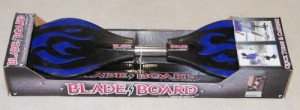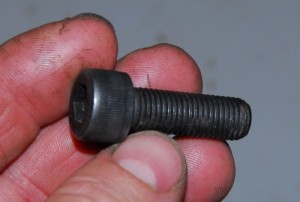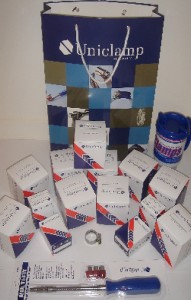Buying for parts alone?
Back here I covered how, when I first started to design my Air 150 recumbent trike , I spent a lot of time looking for the lightest possible springs.
I tried rubber springs (in torsion, shear and compression), carbon fibre, elastomers and others.
My initial desire was to use torsion bars, preferably made from spring steel. However, I gave up on doing this for a number of reasons – weight, stress level in the steel (best addressed by using multiple leaves, Volkswagen Beetle style), and the difficulty in fastening the ends of the bar without introducing even higher stresses.
And the Firestone air-springs I chose to use in the final design are still my pick for springs in ultra light-weight vehicles.
But the other day I came across a product that might have changed the situation. It’s a type of skateboard that uses two wheels, mounted in line. The two halves of the board can pivot relative to one another around a longitudinal axis, and the two wheels can rotate, castor style.
- » Continue reading or Comments (4)

 Julian Edgar, 50, has been writing about car modification and automotive technology for nearly 25 years. He has owned cars with two, three, four, five, six and eight cylinders; single turbo, twin turbo, supercharged, diesel and hybrid electric drivelines. He lists his transport interests as turbocharging, aerodynamics, suspension design and human-powered vehicles.
Julian Edgar, 50, has been writing about car modification and automotive technology for nearly 25 years. He has owned cars with two, three, four, five, six and eight cylinders; single turbo, twin turbo, supercharged, diesel and hybrid electric drivelines. He lists his transport interests as turbocharging, aerodynamics, suspension design and human-powered vehicles.




